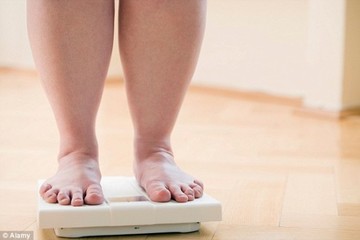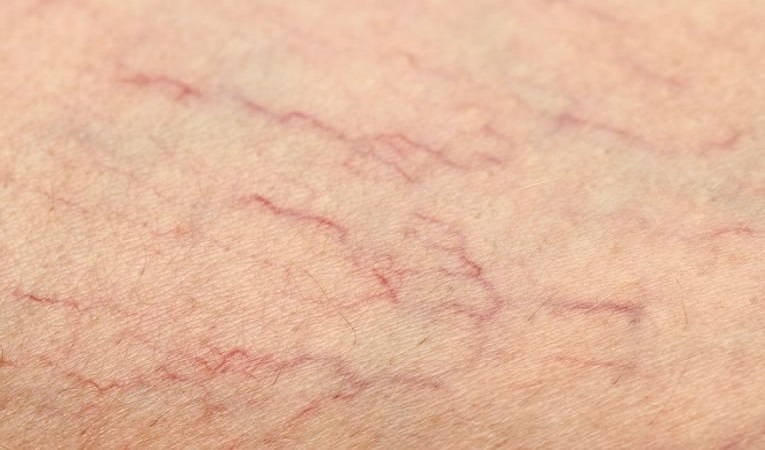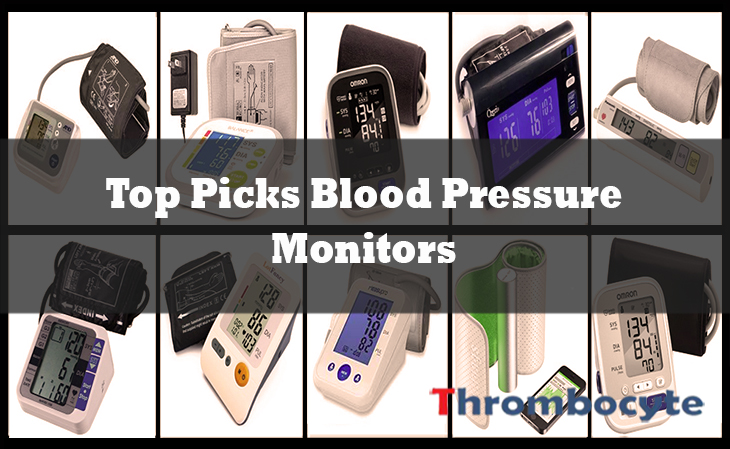There are small blood vessels that connect the veins and arteries. They are called capillaries and some may be seen on the surface of the skin.
When a capillary is broken, it results to the appearance of thin, red or blue thread that becomes visible on the skin. This is common on body areas that includes the legs and the face, especially in locations where the skin is thinner or the capillaries are closer to the surface of the skin.
The threads resemble the pattern of a spider web where it gets the name being referred as spider veins.
What Causes Broken Capillaries (Spider Veins)
The veins are blood vessels that allows blood to the heart. Within the veins are a set of valves that guides the blood to pass along a one-way flow. They are responsible in preventing the backward flow of blood.
When the valves are damaged, backward flow becomes possible and a pool of blood is created within the vein.
The increase in the volume of blood accumulation will elevate the pressure around the affected vessel which causes the vein to become twisted. When the veins don’t constrict back, it can result to the appearance of a spider vein or varicose vein, depending on the size of the affected blood vessel and the degree of swelling.
Principal causes in the development of spider veins:
1. Genetics
There are certain people who are more vulnerable in developing broken capillaries due to familial genes.
If the family history of the person shows traces of the condition, it is more likely for the individual to develop spider veins compared to a person who don’t have ancestors with spider veins.
Most people in the medical field suspect that genetics is a principal cause of spider veins.

2. Hormonal Factors
Hormonal changes are also associated with the existence of spider veins. The hormonal changes found to provoke the condition are commonly formed during puberty, menopause, and pregnancy. Although pregnancy can cause spider veins for non-hormonal reasons, too.
Some doctors relate the formation of spider veins to changes in estrogen and progesterone levels.
A commonly associated hormonal cause favoring the development of spider veins is the use of postmenopausal hormone replacement treatment.
3. Pregnancy
During pregnancy many changes occurs that strongly trigger the breaking of capillaries. Hormonal change is certainly one important element in the emergence of spider veins in pregnant women.
However, an obvious factor is the growing pressure over the abdomen and the surrounding blood vessels due to increased weight gain and growth of the fetus.
There also develops a significant increment of blood flow in pregnant woman, augmenting the volume of the veins and ultimately causing the appearance of spider veins.

4. Trauma
Blood vessels under the skin can be very sensitive to damage. They could easily break in many ways.
Spider veins can appear when the skin over the capillaries becomes injured, even by simple trauma such as pressure exerted by a pair of eye glasses against the nose. This is a common cause associated with broken capillaries on nose.
Skin surgery, wounds, and the use of some cosmetic products are also significant sources of trauma associated with the appearance of broken capillaries on face.
Strong and intense washing and scrubbing of your face can also be very damaging to the skin – known to cause irritations and inflammation of the capillaries.
5. Medical Conditions
There are medical disorders that can cause spider veins. These conditions usually involve the presence of blood clots obstructing the blood flow in the veins, development of inflamed veins or phlebitis, and/or liver damage.
Medical conditions like tumors and constipation that results to increased pressure in the abdomen can cause broken capillaries, too.
Also, it’s likely for individuals who suffer from rosacea to suffer spider veins or varicose veins. Rosacea is a condition that makes the skin appear red and flushed.
Systemic and ocular infections, and surface irritants, can cause broken capillaries in eye.
6. Leg Injuries
The occupation of the person can also be associated with the development of broken capillaries.
For individuals who work as teachers, transit officers, security guards, and hair stylists, spending long periods of standing along with long periods of sitting, they are more inclined to suffer from the condition because their blood circulation tends to be really poor.
This is similar to individuals with previous leg injury where blood flow likely decrease or increase as an effect of the injury. For this reason, it is recommended to regularly place the legs to rest at a level above the heart by placing pillows under the feet when lying or sitting. This should help normalize blood circulation and assist in reducing spider veins.
7. Environment
The most common environmental-related risk factors are changes in temperature and exposition to extreme temperatures. For example, washing the face with hot water or going to saunas.
Sudden climatic conditional changes from hot to cold can damage capillary lumen which usually result to broken capillaries on chest especially in people with sensitive skin.
It is also considered an environmental risk factor to have prolonged exposure under the sun. Even if it doesn’t cause spiders veins, it can make current spider veins worse and more visible with the damage it brings to the collagen found under the skin.
Broken capillaries can become worse in the summer making it highly recommended to use sun protective products especially during this season.

8. Age
While time passes, the skin loses its elasticity and becomes thinner. This tapering favors the formation of varicose and spider veins. Becoming older also translates to the loss of collagen and the lack of flexibility. It makes the skin more vulnerable to suffer from traumas.
The older your age, the greater is your risk to suffer from spider veins. Women are also more predisposed to the condition. It has been found that the major percentage of affected older individuals are women while only 10 to 15% are men.
In fact, many older individuals display the presence of broken capillaries under eyes. This happens because the eyelids is not so thick which makes it easy for the spider veins to develop in aging individuals, as well as during an inflammation or irritation.
9. Obesity
Areas of the body that are more prone to the appearance of spiders veins are the face and the legs. The main cause of broken capillaries on legs is obesity.
Obesity creates a lot of pressure in the body which interrupts the circulation of blood. In obese people, the skin suffers extensive stretching making the capillaries more likely to break.
It is recommended to lose weight and exercise in order to reduce the progress of formed broken capillaries.

10. Alcohol and Smoking
Abuse in alcohol consumption can also cause spider veins because it causes increased blood pressure resulting in the swelling and breaking of blood vessels.
Excess in alcohol intake also damages the liver which not only influence the formation of spider veins, but also varicose veins.
The smoking of cigarettes cause oxidization of cells which can harm the circulatory system. This results in weaker and less resistant capillaries and in that fashion, it is more likely to break, originating the development of spider veins.
How to get rid of broken capillaries
There are several methods available with regards to broken capillaries treatment and management. The most common are sclerotherapy and laser surgery. Like most, if you’re specifically looking for broken capillaries on face treatment options, the most recommended is usually laser surgery. Read how to get rid of spider veins.
- READ MORE




